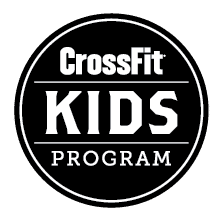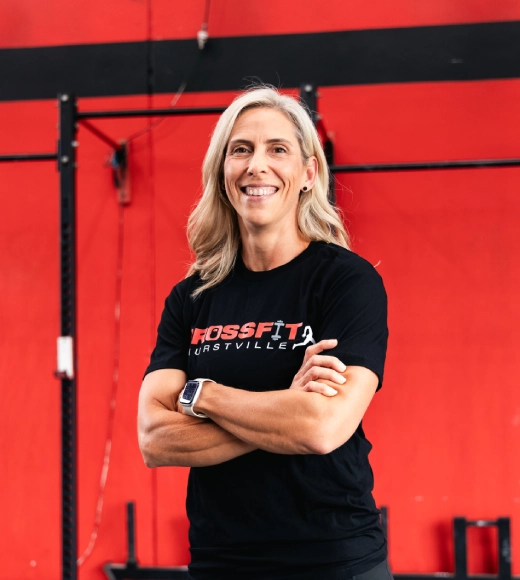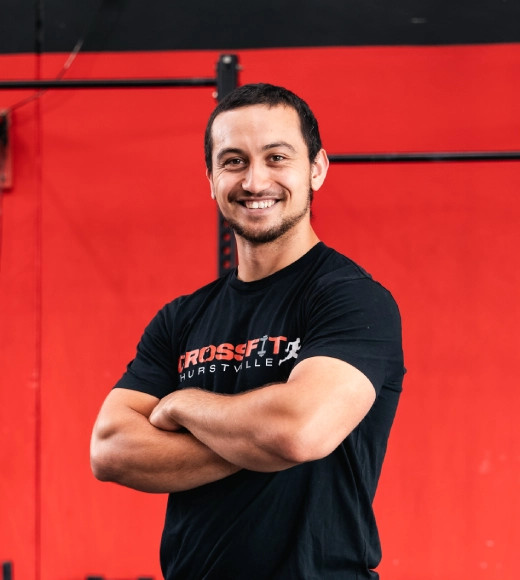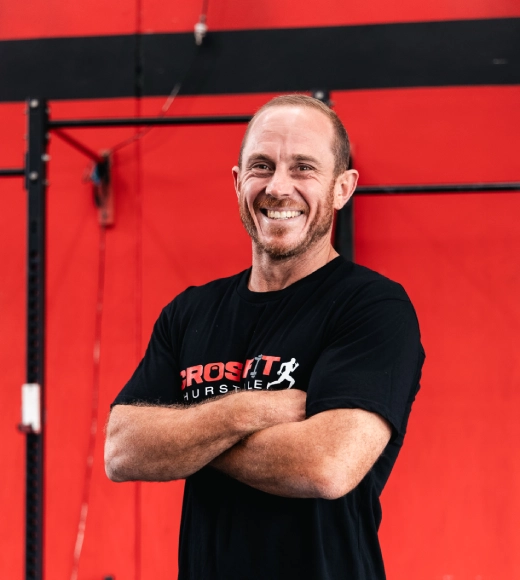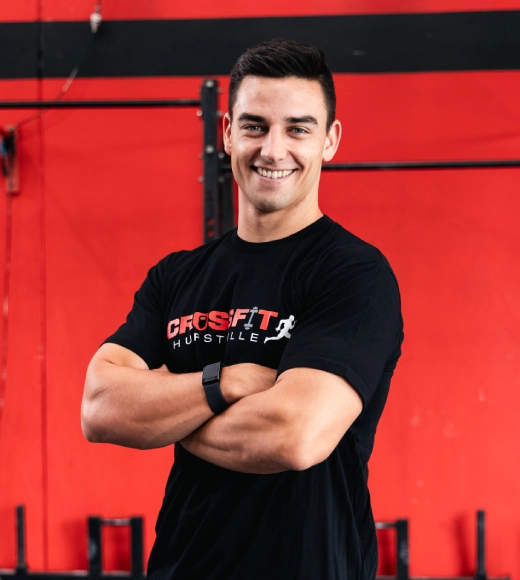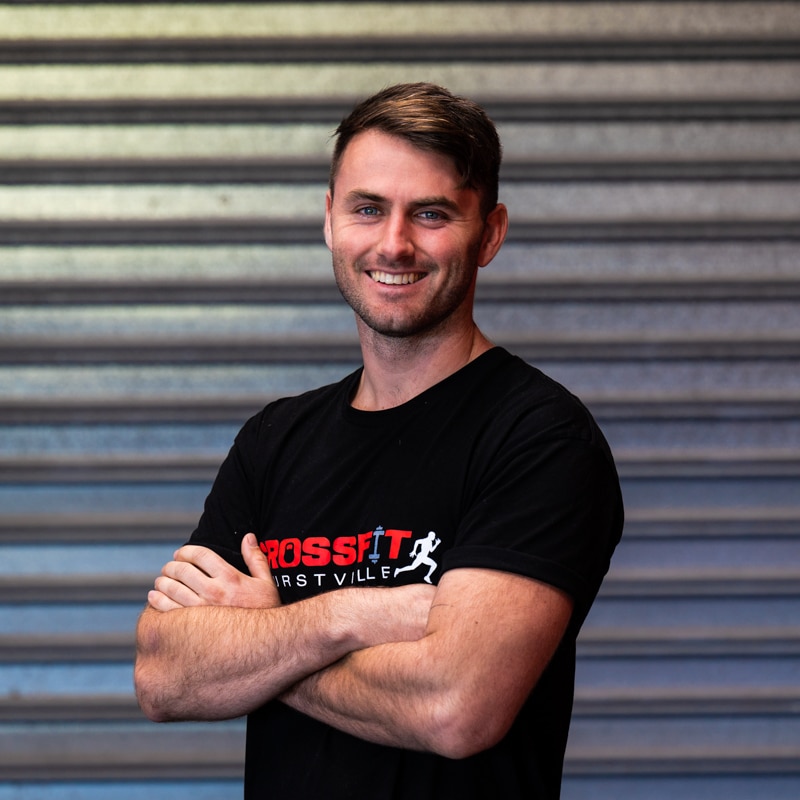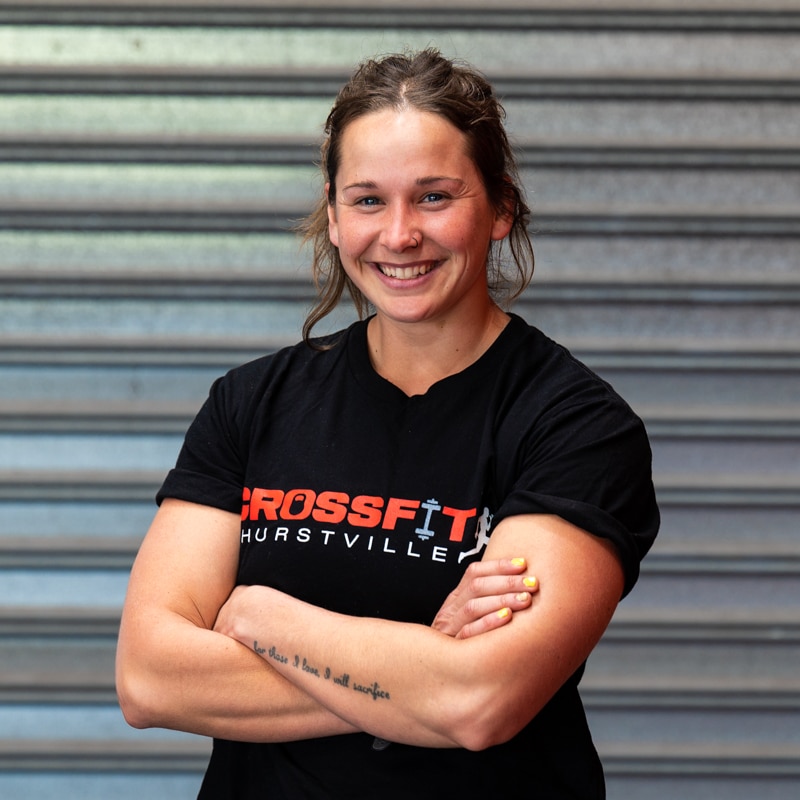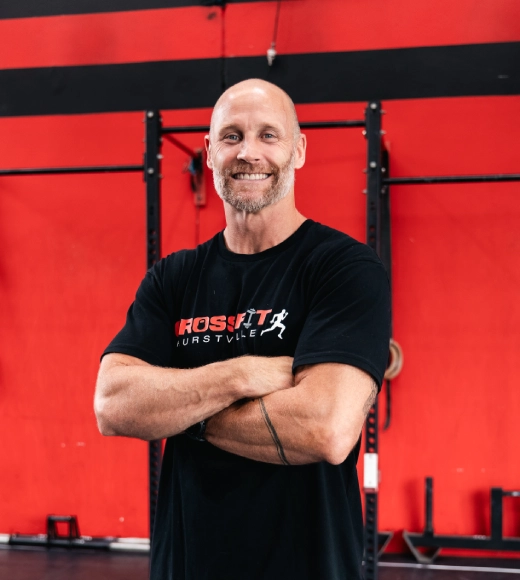A common term used in the CrossFit realm is “Scaling”. This refers to changing a workout relative to an individual to maximise development potential for that individual.
Safety is at the forefront of scaling, but workouts are also scaled to preserve the intended stimulus of the workout despite an individuals limitations.
There can be various reasons why one must scale a workout including:
– Age
– Inexperience
– Fitness level
– Range of Motion
– Injury
A workout can be scaled in many different ways. These include but are not limited to:
Volume
– Reducing the number of reps
– Reducing the number of rounds to be completed
– Reducing the time frame
Intensity
– Lowering the prescribed weight
– Reducing the percentage load of your max
– Increasing the amount of rest
Exercise
– Reducing the required range of motion
– Decreasing the complexity of the movement
– Using external objects to help with range of motion
When deciding to scale a workout, or how to scale a workout, you should ask yourself these questions:
- What is the intended stimulus for this workout?
- Can I achieve that, doing the workout as prescribed?
- If I do the workout prescribed, is it safe for me, or is there a significant chance I can hurt myself?
- Is it necessary for me to do the workout as prescribed for my development, or will scaling it be better for me in the long run?
- How can I scale the workout to still achieve the intended stimulus?
- How can I scale the workout, whilst prescribing the programmed movement patterns?
When deciding to scale your workouts in your gym, here are some things you need to consider:
1. Safety
This is on top of the list because put simply, attempting some workouts at the prescribed weight or difficulty can be outright dangerous. For example, a beginner doing Murph on their first session is asking for trouble, as would be high volume high load deadlifts for someone who has not trained with increased load and volume leading up to that point. Another example would be someone trying to perform a more complex movement such as a ring dip without having the strength and awareness to do a well executed push up. When scaling a workout it must be scaled to a level that is safe and does not put you in any danger or at risk of hurting yourself.
2. Intended Stimulus
Each training block, each training week, each training day, and each component to the daily program has an intended stimulus. These are related to the 10 components of fitness. Understanding this will help you scale workouts appropriately. In a strength piece the reps, sets, rest and tempo will determine load, and will be based on the response we are trying to achieve. That may be strength, power, hypertrophy, or endurance. In a conditioning piece, the time frame will often determine the intensity, and is a good way to determine the desired stimulus, relating to which energy system is being targeted and developed. When scaling a workout it must be scaled to achieve the intended stimulus of the workout.
3. Movement Patterns
This can be basic, or more complex, but in simple terms, you want to make sure you are still moving in a similar way, when you scale a workout. If it is a squatting movement that you are scaling, we want to preserve that movement pattern, and still squat, unless of course it is unsafe to do so, due to injury or something of the like.
The main patterns we are looking for are: Squat, Hinge (hip extension), Vertical Push/Pull, Horizontal Push/Pull, Trunk flexion/extension/rotation. This can get a lot more complicated if we also consider planes of movement, as well as unilateral and bilateral movement, but taking it to that level should be left to the coach.
4. Personal Development
With the long game in mind, your own personal development should be an important consideration when scaling a workout. Put simply, are the options you are choosing going to serve you well long term. Complexity of movement is an important consideration here, especially when it comes to high skill movements, such as Gymnastics and Olympic Lifting. The ultimate goal is for individuals to continually progress in movement complexity. This should be achieved by consistently accomplishing the necessary points of performance., before moving to a more complex movement or skill.
5. Help
If you are unsure how to scale a workout to ensure you are safe, still achieve the desired stimulus, and preserve the programmed movement patterns, please ask your coach for help. We will always have those things in mind, and also help you choose suitable options to ensure your continued development.





